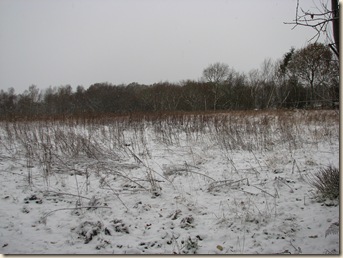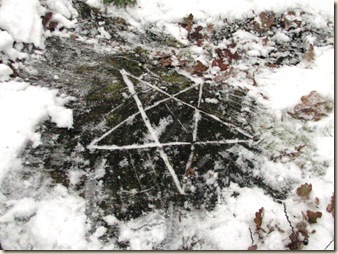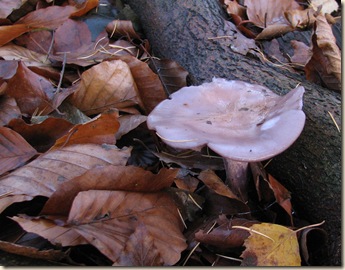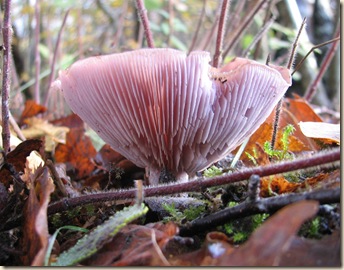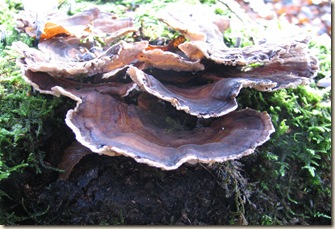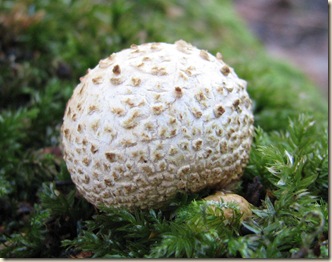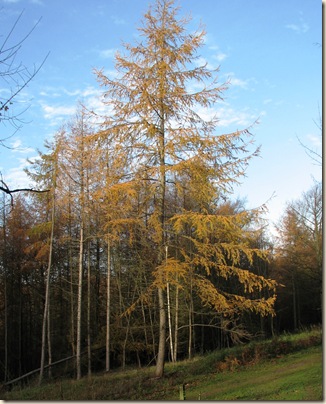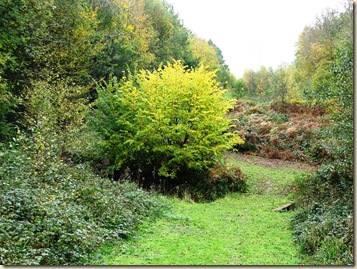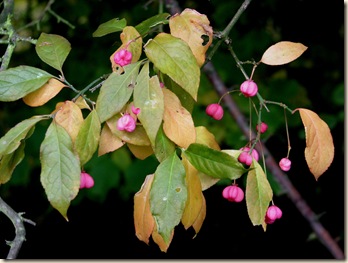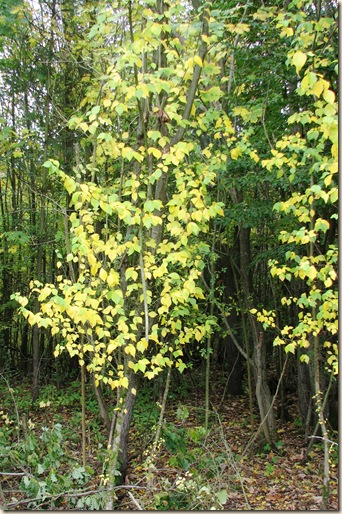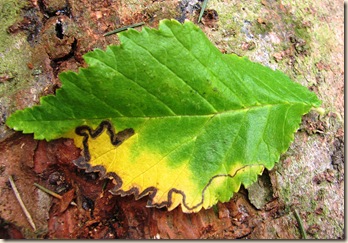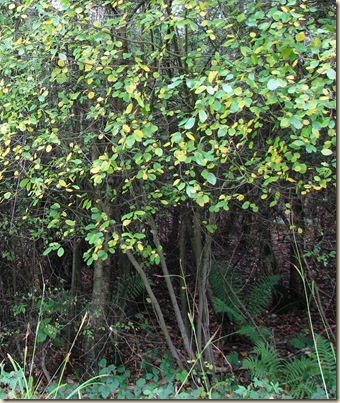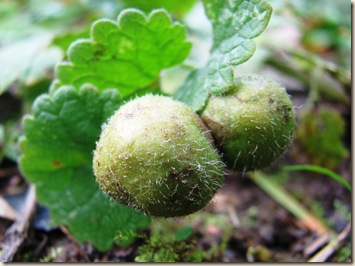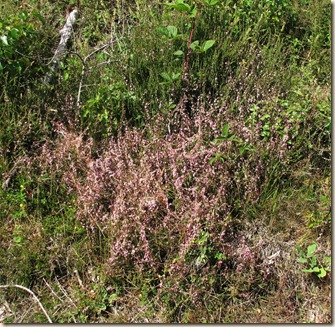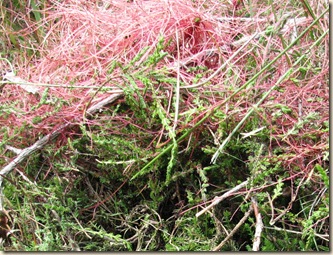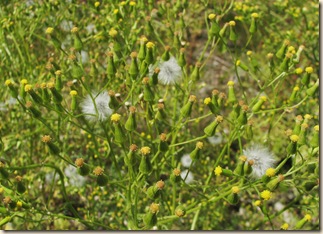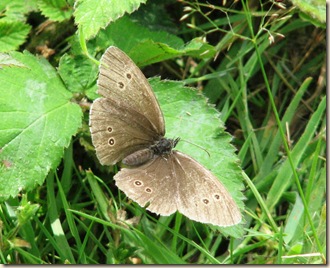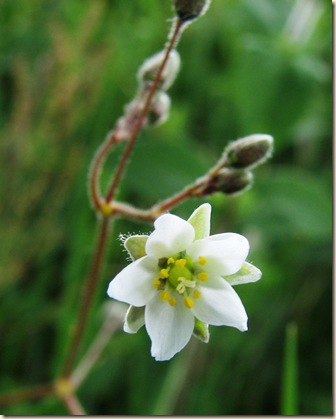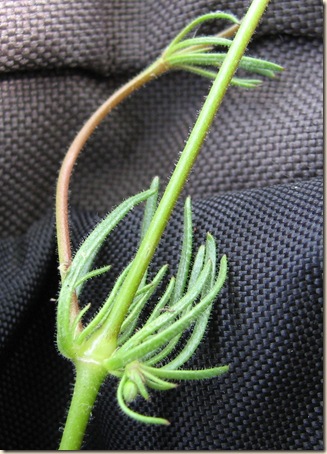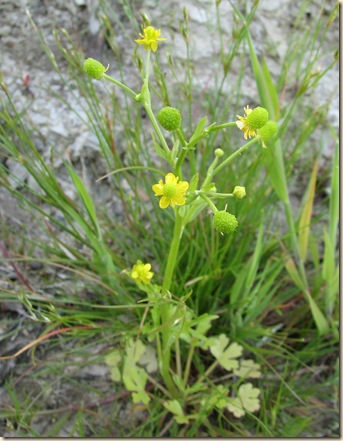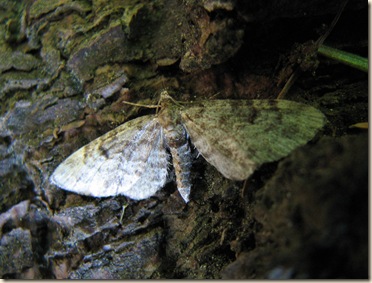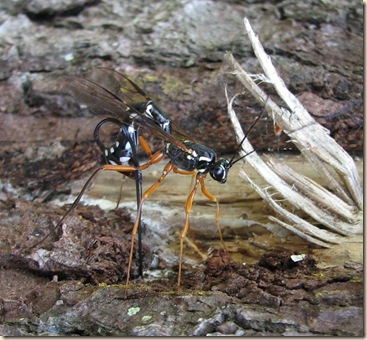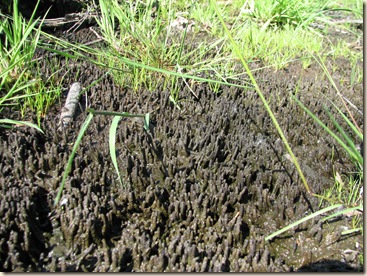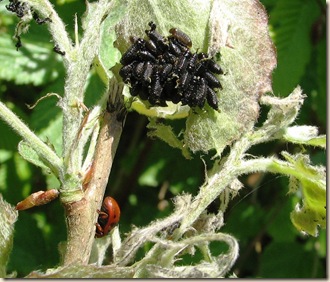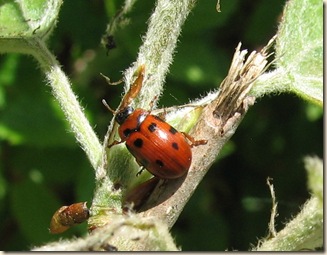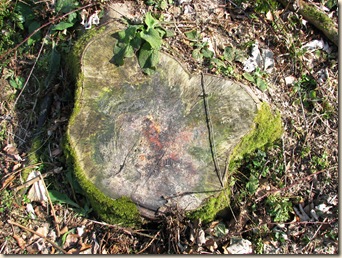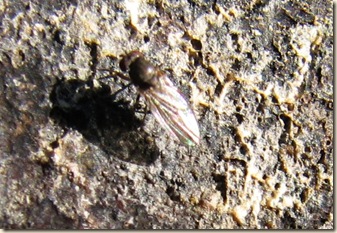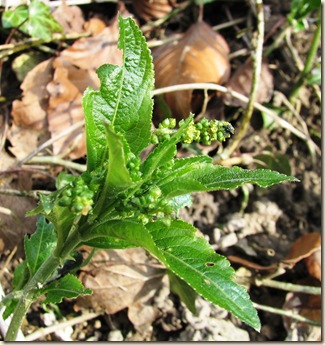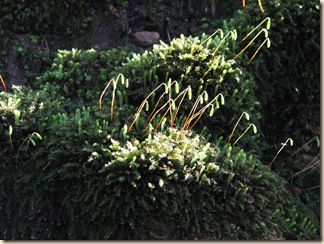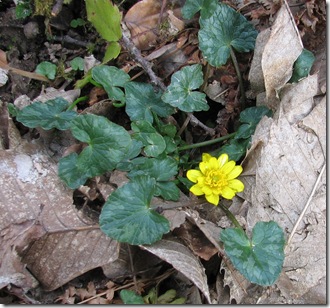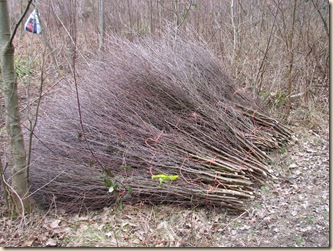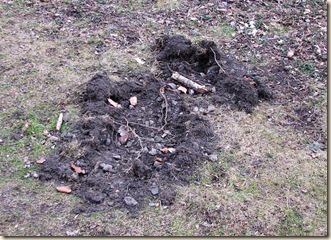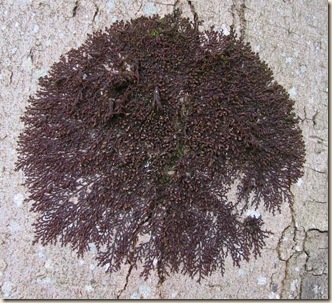A small group of us walked through the snow mantled woods today not only in a blizzard but in a thunderstorm.
It was a bleak landscape appropriate for the close approach of Yule, Midwinter.
One of our group wanted to see the pentagram on the oak stump in Holman Wood.
Years ago people used to go there - maybe a group of modern pagans or wiccans - but there seem to have been no recent visits.
The stump was covered in snow and, as I brushed if off with my hand, it filled the grooves that had been cut to make the pentagram so that is stood out like a pattern on scraperboard. The device wasn't immediately apparent but emerged, as though by magic, as the side of my had swept over the wood, packing snow into the grooves.
The pentagram has been used in a huge variety of contexts, often religious, for at least 5000 years and its meaning varies according to whether the single point is at the top of the bottom. In this case it is simply where I happened to be standing that put the point below.
The falling snow, the thunder, the stillness of the winter wood gave a luminous mystery to the cold emergence of this mystical symbol from the dark, dead stump.
As we stood the continually falling flakes of snow quickly obliterated the brief and icy revelation of this winter star.
